June 19, 2025 | 06:49 GMT +7
June 19, 2025 | 06:49 GMT +7
Hotline: 0913.378.918
June 19, 2025 | 06:49 GMT +7
Hotline: 0913.378.918
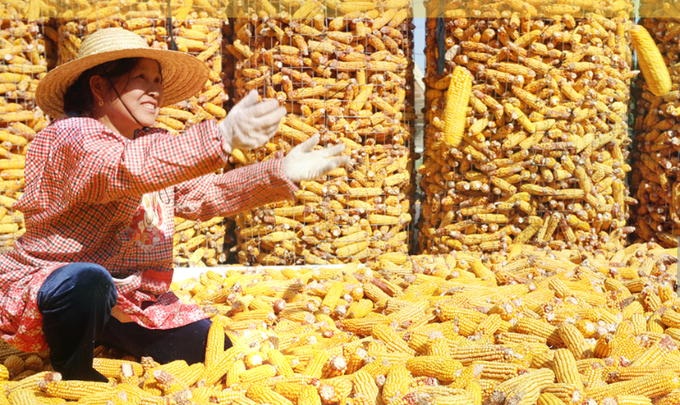
China has continued to prioritize food security, as it feeds over 1.4 billion people with only 9 percent of the world's arable land.
With over 1,200 grain market information monitoring stations established nationwide, the country is tracking changes in grain inventories, prices and sales to ensure that risks are promptly identified, Liu Huanxin, head of the National Food and Strategic Reserves Administration, said during an interview with Xinhua.
All food authorities at the provincial, municipal and county levels have developed contingency plans, while over 59,000 emergency food supply outlets have been put into use nationwide, Liu said.
He noted that despite global food market fluctuations in recent years, China's food prices have remained relatively stable thanks to consecutive bumper harvests, sufficient inventories and effective market regulatory measures.
The country will continue to improve its minimum grain purchase price policy and make full use of its grain reserves to guarantee adequate supply and stable prices, Liu added.
With a population of over 1.4 billion, China has made food security one of its top priorities. Its annual grain output has maintained above 650 million tons for nine consecutive years. The country is now fully self-sufficient in wheat and rice, its two staple grains.
(Chinadaily)
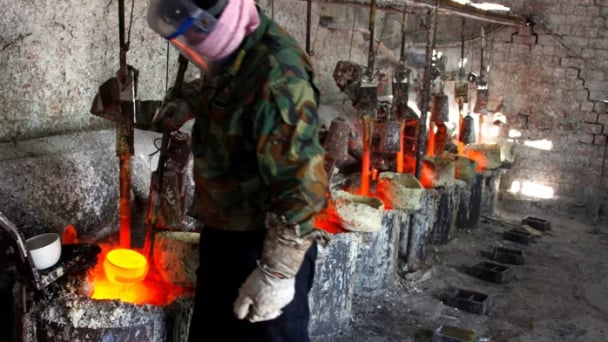
(VAN) Extensive licensing requirements raise concerns about intellectual property theft.

(VAN) As of Friday, a salmonella outbreak linked to a California egg producer had sickened at least 79 people. Of the infected people, 21 hospitalizations were reported, U.S. health officials said.
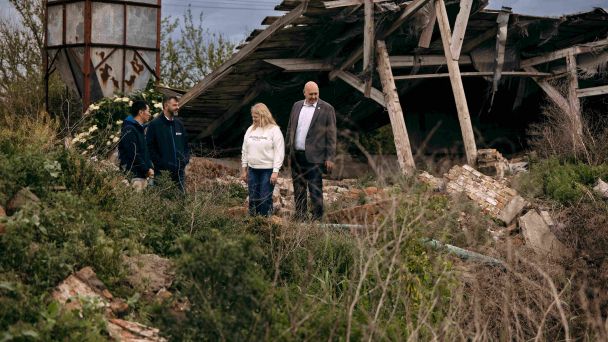
(VAN) With the war ongoing, many Ukrainian farmers and rural farming families face limited access to their land due to mines and lack the financial resources to purchase needed agricultural inputs.

(VAN) Vikas Rambal has quietly built a $5 billion business empire in manufacturing, property and solar, and catapulted onto the Rich List.
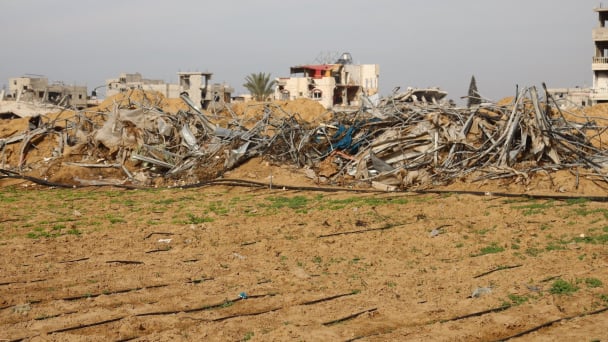
(VAN) Available cropland now at less than five percent, according to latest geospatial assessment from FAO and UNOSAT.
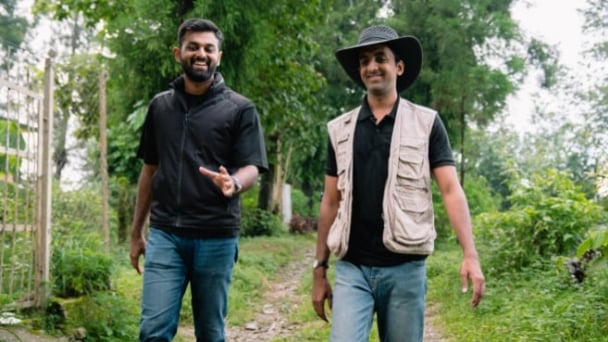
(VAN) Alt Carbon has raised $12 million in a seed round as it plans to scale its carbon dioxide removal work in the South Asian nation.

(VAN) Attempts to bring down the price of the Japanese staple have had little effect amid a cost-of-living crisis.